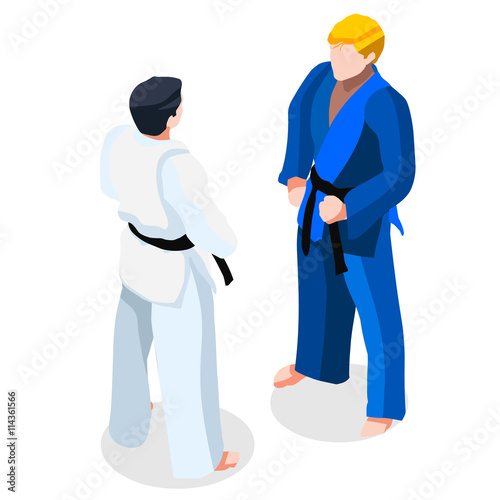The Background And Development Of Martial Arts Worldwide
The Background And Development Of Martial Arts Worldwide
Blog Article
Material By-Chu Fallon
Martial arts have a fascinating background that covers centuries and continents. You may locate it appealing just how old methods like Shuai Jiao and Kalaripayattu prepared for contemporary fight methods. These self-controls not just emphasize physical abilities yet likewise show the cultures that birthed them. As you explore their advancement, consider exactly how globalization has actually transformed these conventional types into hybrid styles. What impacts do you believe have formed today's martial arts landscape?
Ancient Martial arts: The Structures of Fight
As you delve into the world of old martial arts, you'll uncover the abundant foundations that formed battle techniques across cultures. Early techniques concentrated on Self-Defense and survival, typically including strikes, grappling, and weaponry.
In old China, for instance, techniques like Shuai Jiao highlighted throws and joint locks, while India's Kalaripayattu showcased agility and fluid movement. Japanese samurai created Kenjutsu, a polished swordsmanship that highlighted discipline and approach.
aikido martial arts served not just for battle but also as a way of individual growth, instilling values like respect and perseverance. The blending of these strategies over time prepared for the diverse martial arts you see today, each mirroring the unique philosophies and requirements of its culture.
The Cultural Influence on Martial Arts Growth
While martial arts typically show the practical demands of a society, they additionally embody the cultural values and beliefs of their origins. When you check out different martial arts, you'll see how they're influenced by religion, ideology, and social standards.
As an example, the focus on regard and technique in Japanese martial arts stems from Zen Buddhism and samurai culture. In contrast, Brazilian Jiu-Jitsu promotes flexibility and strategy, shaped by the requirement for performance in a varied, modern atmosphere.
You could find that the routines, uniforms, and training methods mirror a community's background and identity. By recognizing these cultural influences, you grow your appreciation of martial arts and their function fit human experiences around the world.
Modern Adaptations and the Globalization of Martial arts
Martial arts have transformed substantially in recent years, adjusting to modern society and international influences. You'll see that traditional forms have blended with contemporary strategies, creating hybrid styles like MMA. https://beckettltagn.ja-blog.com/35146818/how-young-people-fighting-styles-training-can-educate-respect-and-gamesmanship-molding-young-minds-right-into-self-displined-people-all-set-to-dominate-challenges-both-inside-and-outside-the-ring satisfy varied target markets, making martial arts accessible and appealing around the world.
With the increase of social media sites and digital systems, you can locate tutorials and competitions from all corners of the world, damaging geographical barriers. This globalization has actually brought about a shared admiration for different disciplines, from Brazilian Jiu-Jitsu to Taekwondo.
As you involve with these arts, you'll understand they're not nearly fight; they promote physical fitness, technique, and mental wellness.
Inevitably, modern adaptations have enhanced the martial arts landscape, making it a dynamic and developing method.
Conclusion
In checking out the history and evolution of martial arts, you reveal an interesting blend of techniques, societies, and philosophies. From ancient self-controls like Shuai Jiao and Kalaripayattu to the modern versatility seen in MMA, martial arts show humankind's quest for Self-Defense and individual development. As you engage with these techniques, you not just acquire skills however additionally a deeper recognition for the diverse traditions that form our globe today. So, proceed go to this website and welcome the art of combat!
